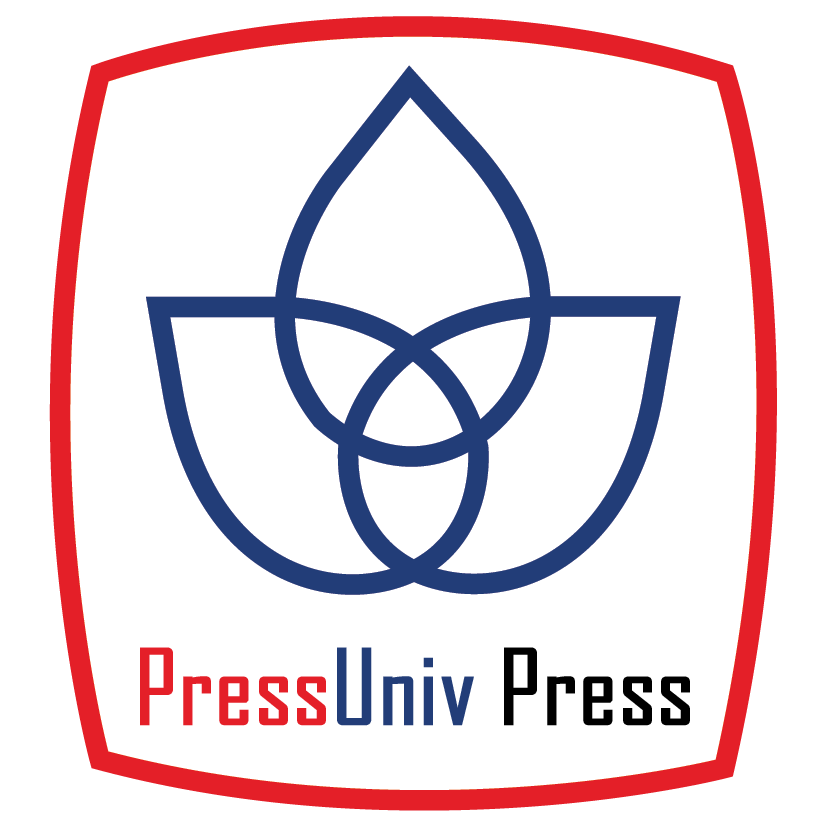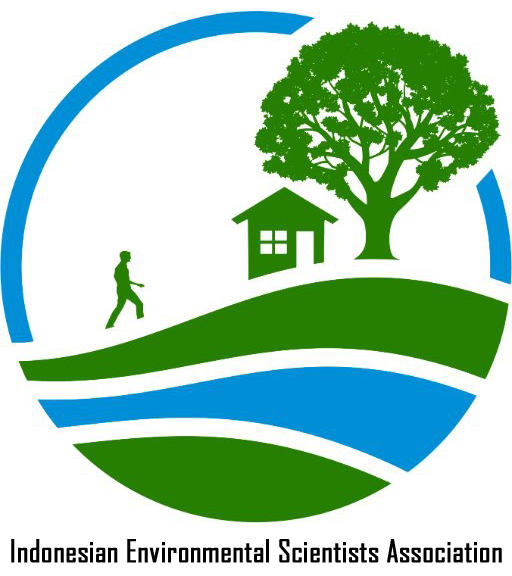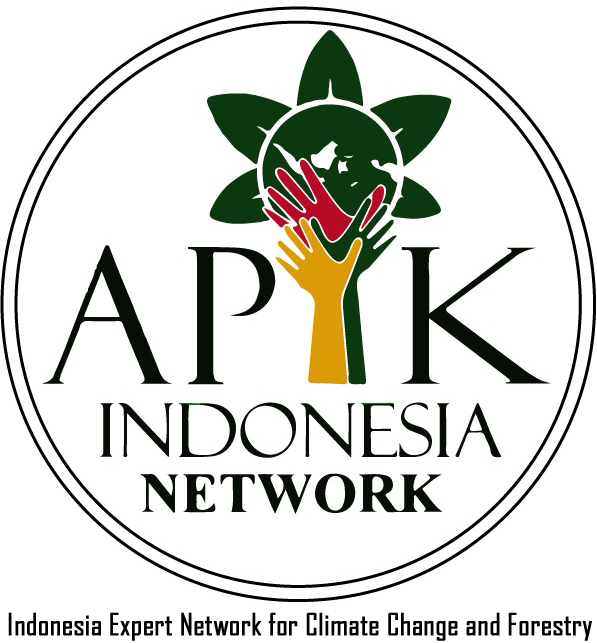MIKROALGA SEBAGAI BIOINDIKATOR KUALITAS AIR PERMUKAAN Studi Awal : Hubungan Antara Konsentrasi Pigmen dan Berat Kering dalam Penentuan Kandungan Mikroalga Pada Sampel Air Artifisial
Abstract
Abstract: Microalgae is the one of aquatic organism wich can be a bioindicators for surface water quality. Chlorophyll contain in a microalgae cell can be measured to know the abundance of microalga in a water body. Dry-weight biomass measurements is another method that can be used to know the abundance of microalga in a water body. both method have advantages and disadvantanges of each. In chlorophyll concentration measurements, the present of other compounds that can absorb light spectrum at measurements wavelength (Strickland and Parsons use 665 nm, 645 nm and 630 nm) result absorbance value higher than it should be. Turbidity level result by suspended particle content being a problem for dry-weight biomass measurements. Dry-weight biomass determination based on the approximation of chlorophyll content measurements was studied in this research. The Results of simple regression analysis showed that there is a fairly strong positive correlation between chlorophyll content and dry-weight biomass (Ra = 0.870), which has the tendency to follow the linear regression equation y = 302,35x + 17,121. Dry-weight determination based on approximation of clorophyll content can be applied to the sample of water that has suspended particle content tend to be constant and inert (did not produce subtances that can react with organic solvent when chlorophyll extraction process occurred). Based on the processed datas, it can be conclude that the influence of another suspended particle content in a sample of water is not statistically significant.
Keywords
Full Text:
PDFReferences
APHA, AWWA and WEF. (2012) Standard Methods For The Examination of Water and Wastewater, No. 2130, 22nd Edition , Washington DC.
Czaplicka-Kotas, Anna and olanta Lodowska (2014) Biomonitoring of Surface Water by Synchronous Culture of Chlorella Vulgaris Algae. Environmental Protection Engineering Vol. 40 No. 4. DOI:10.5277/epel140403.
Fetscher, A. E. and Karen McLaughlin (2008) Technical Reports 563. Incorporating Bioassessment Using Freshwater Algae into California’s Surface Water Ambient Monitoring Program (SWAMP).
Henriques, Silva M. A. and Rocha J. (2007) Extraction and Quantification of Pigments From A Marine Microalga : A Simple and Reproducible Method. Communicating Current Resesarch and Educational Topics and Trends In Applied Microbiology. Formatex.
Kshirsagar, Ayodhya D. (2013) Use of Alga as a Bioindicator to Determine Water Quality of River Mula from Pune City, Maharashtra (India). Universal Journal of Environmental Research and Technology Volume 3, Issue 1: 79-85. e-ISSN: 2249 0256.
Montoya-Moreno, Yimmy and Nestor Aguirre-Ramirez (2013) Knowledge to Ecological Preferences in a Tropical Epiphytic Algae to Use with Eutrophication Indicators. Journal of Environmental Protection Vol. 4, 27-35.
Lavoie, I., Warwick F. C., Reinhard Pienitz and Jean Painchaud (2004) Benthic Algae as Bioindicators of Agricultural Pollution in the Streams and Rivers of Southern Quebec (Canada). Aquatic Ecosystem Health & Management., 7(1):43-58. ISSN: 1463-4998 print / 1539-4077 online. DOI: 10.1080/14634980490281236.
Lazic, Z. R. (2004) Design of Experiments in Chemical Engineering. Wiley-VCH Verlag GmbH & Co. KGaA, Weinheim ISBN: 3-527-31142-4
Lindu, M., Tita P dan Dian A. R. (2010) Sintesis dan Uji Kemampuan Membran Mikrofiltrasi Seluosa dari Nata De Coco untuk Penyisihan Kekeruhan Pada Air Artifisial. Jurnal Sains Materi Indonesia Vol. 12, No. 3, hal : 153-158. ISSN: 1411-1098.
Markert, B. A., A. M. Breure and H. G. Zechmeister, editor (2003) Bioindicators and Biomonitors. Elsevier Science.
Park, Hun Myoung (2009) Computing Group Means : T-tests and One-way ANOVA Using STATA, SAS, R and SPSS. Working Paper. The University Information Technology Services (UITS) Center for Statistical and Matematical Computing, Indiana University.
Rinanti, A., Edwan K., Dea Indriani A dan Kania D. (2013) Screening of Potential Photosynthetic Microalgae from Wasteater Treatment Plant for Carbon dioxide Capture and Storage. Asian Transactions on Science Technology Vol. 03 Issue 01. ATST ISSN: 2221-4283).
Wan Maznah Wan Omar (2010) Perspectives on the use of Algae as Biological Indicators for Monitoring and Protecting Aquatic Environments, with Special Reference to Malaysian Freshwater Ecosystems. Trop Life Sci Res. 21(2): 51-67.
DOI: http://dx.doi.org/10.33021/jenv.v1i1.41
Copyright (c) 2016 Rijal Hakiki

This work is licensed under a Creative Commons Attribution-ShareAlike 4.0 International License.
Journal of Environmental Engineering and Waste Management Published by PresUniv Press, in collaboration with IESA and APIK Indonesia Network




